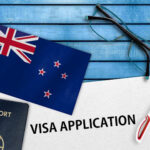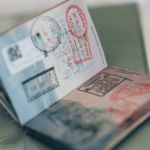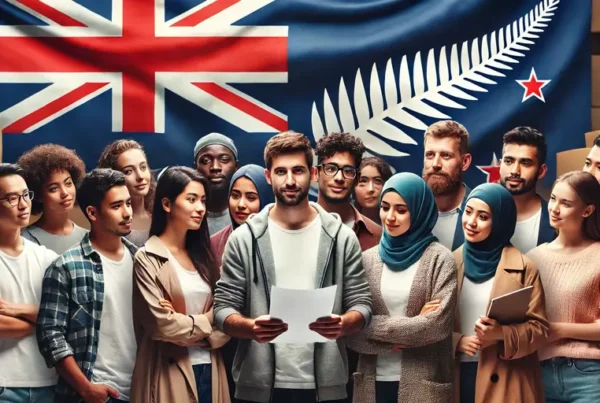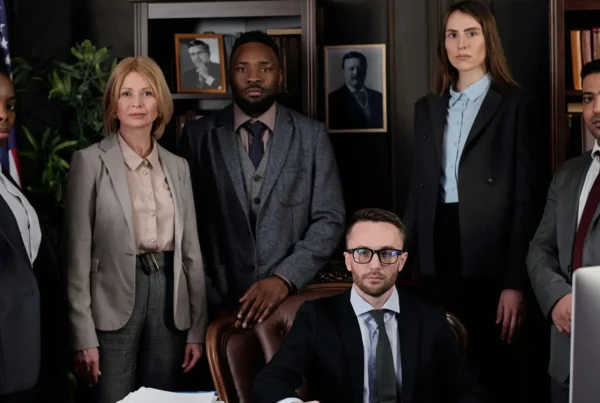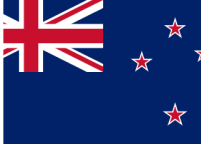Nearly 2,500 applicants apply for a Partnership Visitor Visa to New Zealand yearly, but approximately 25% are rejected.
Table : Partnership Visitor Visa Application Statistics (2021-2024)
Year | Applications | Accepted | Rejected % |
2021-2022 | 2,035 | 1,547 | 23.98% |
2022-2023 | 2,569 | 2,057 | 19.93% |
2023-2024 | 2,490 | 1,919 | 22.93% |
Source: https://www.immigration.govt.nz/
Common Reasons for Visa Denials
- Need more proof of a genuine and stable relationship.
- Inconsistencies in the submitted information.
A detailed relationship timeline is vital to a partnership-based visa application for New Zealand. This document chronicles your relationship’s significant milestones and stages, providing immigration authorities with a comprehensive narrative of your partnership’s development and authenticity.
Purpose of the Relationship Timeline
The relationship timeline aims to give immigration authorities a transparent view of your relationship’s evolution and genuineness. Establishing that your partnership is sincere and not formed solely for visa purposes is crucial.
Understanding the Relationship Timeline
What is a Relationship Timeline?
A relationship timeline is more than just a list of dates and events; it is a narrative that tells the story of your relationship. This timeline lets immigration officers understand your partnership’s inception, progression, and maintenance. It showcases the growth and depth of your bond, highlighting significant moments that demonstrate the authenticity of your relationship.
Key Elements to Include in Your Relationship Timeline
When constructing your relationship timeline, it’s important to highlight key moments and milestones that have defined your journey together. Below are detailed suggestions for what to include:
First Meeting
- Details: Describe when, where, and how you first met. Include specifics such as:
- Date and Location: Exact date and place of the meeting.
- Circumstances: How you met (e.g., through friends, at a social event, online).
- First Impressions: Briefly mention your initial thoughts and impressions.
Start of Relationship
- Official Beginning: Note the date when your relationship officially began or when you started dating. This marks the beginning of your journey.
- Date: Exact start date of your relationship.
- Significant Events: Any memorable activities or outings during the initial phase.
Moving in Together
- Significant Step: Include the date you decided to live together, which represents a more profound commitment and shared living arrangements.
- Date and Address: When and where did you move in together.
- Adjustments: How did you adapt to living together, and what were any challenges you faced?
Engagement
- Proposal Details: Capture the moment of your engagement, including the proposal date, location, and any significant aspects, such as the ring or special arrangements.
- Date and Venue: Exact date and location of the proposal.
- Proposal Story: Describe how the proposal happened and any unique elements involved (e.g., the ring, surprise arrangements).
Wedding Day
- Ceremony Highlights: Record the date of your wedding, detailing the venue, theme, vows, and other memorable elements that made your day special.
- Date and Venue: Exact date and place of the wedding ceremony.
- Details: Number of guests, type of ceremony, special traditions followed, and any significant moments.
Milestones
- Notable Events: Include anniversaries, vacations, career achievements, or personal accomplishments that have impacted your relationship.
- Dates and Details: Specific anniversaries, trips, or significant achievements dates.
- Impact: How have these milestones strengthened your relationship?
Starting a Family
- Family Growth: If you have children, include their birthdates and other relevant details about becoming parents, marking a new chapter in your relationship.
- Children’s Birthdates: Exact dates and any significant birth details.
- Parenting Experiences: Key moments in your journey as parents.
Significant Events
- Joint Activities: Mention dates of shared experiences like spending more time together, moving in together, financial sharing, joint decisions, family introductions, or future planning.
- Dates and Events: Specific dates and details of these significant moments.
- Descriptions: How have these activities and decisions deepened your commitment?
Periods of Separation
- Staying Connected: If there were periods of separation, explain how you maintained contact and the frequency (e.g., daily messaging and calls during travel bans).
- Dates of Separation: Start and end dates of the separation period.
- Communication Methods: How you kept in touch (e.g., video calls, messaging) and the frequency of contact.
Shared Experiences
- Holidays and Celebrations: Include holidays, trips taken together, events attended, and festivals celebrated, providing a comprehensive view of your shared life.
- Dates and Destinations: Specific dates and locations of holidays and trips.
- Events and Festivals: Details of celebrations and significant events attended together.
How to Write Your Relationship Timeline
As you prepare your Partnership-Based Visa application, your relationship timeline is a vital piece of evidence to prove the authenticity of your partnership. To ensure it is both detailed and persuasive, follow these guidelines:
Detailed Documentation
- Supporting Evidence: Provide concrete evidence, such as photographs, to support your claims. Ensure that the information in your timeline matches the documentation you supply.
- Photos: Include dated pictures of significant events.
- Correspondence: Emails, letters, and messages showing regular communication.
Consistency
- Avoid Conflicts: Any conflicting information may raise doubts about the genuineness of your relationship. Ensure all details are consistent across your application.
- Documentation Match: Ensure all dates and details in the timeline match those in your supporting documents.
Personal Touch
- Unique Narrative: Your relationship timeline should reflect your unique journey. Customize it with additional events and significant memories for both of you.
- Narrative Style: Write in a way that showcases your personality and the uniqueness of your relationship.
Crafting a detailed and comprehensive relationship timeline can significantly enhance your likelihood of having your visa application approved. This step is essential in paving the way for you to begin your new life together amidst the stunning landscapes of New Zealand.
Conclusion
For expert guidance, connect with a licensed immigration adviser. ICL Immigration, with over 20 years of experience and a 97% success rate, can help you confidently navigate the application process.




